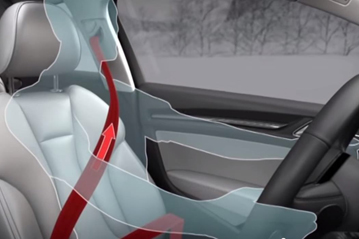- Home
- About Euro NCAP
- Ratings & Rewards
- Car Safety
- Truck & Van Safety
- Press & Media
- For Engineers
How safe is your car ?
Select one or more vehicles among the following possibilities.
Make
- Make
- Aiways
- Aixam
- Alfa Romeo
- Alpine
- Audi
- Bajaj
- BMW
- BYD
- Chatenet
- CHERY
- Chevrolet
- Chrysler
- Citroën
- Club Car
- Cupra
- Dacia
- Daewoo
- Daihatsu
- Deepal
- Dodge
- DS
- Ebro
- Farizon
- FIAT
- Ford
- GEELY
- Geely Emgrand
- Genesis
- GWM
- Honda
- Hongqi
- Hyundai
- Infiniti
- Isuzu
- Iveco
- JAECOO
- Jaguar
- Jeep
- Kia
- Lancia
- Land Rover
- Landwind
- Leapmotor
- LEVC
- Lexus
- Ligier
- Lucid
- Lynk & Co
- Maserati
- Maxus
- Mazda
- Mercedes-Benz
- MG
- Microcar
- MINI
- Mitsubishi
- Mobilize
- NIO
- Nissan
- OMODA
- Opel/Vauxhall
- ORA
- Peugeot
- Polestar
- Porsche
- Proton
- Qoros
- Renault
- Rover
- Saab
- SEAT
- Skoda
- smart
- SsangYong
- Subaru
- Suzuki
- Tazzari
- Tesla
- Toyota
- VinFast
- Volvo
- Voyah
- VW
- WEY
- XPENG
- ZEEKR
Model
- Model
OR
Class
- Class
- Business and Family Van
- Executive Car
- Large Family Car
- Large MPV
- Large SUV
- Pickup Truck
- Roadster Sport
- Small Family Car
- Small MPV
- Small SUV
- City and Supermini
OR
All results & rewards
Euro NCAP Advanced Reward 2012
- Home
- Ratings & Rewards
- Euro NCAP Advanced Rewards
- 2012 Audi Pre-Sense Basic




